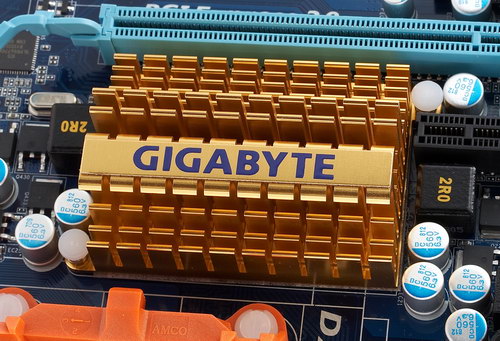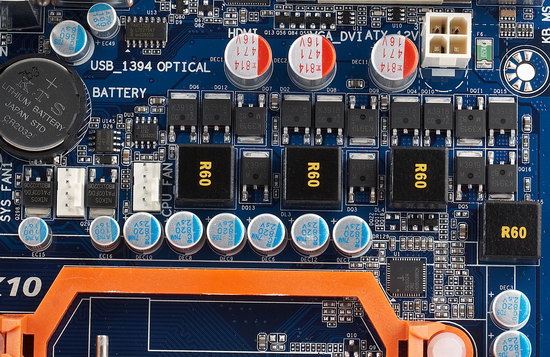Gigabyte MA78G-DS3H Motherboard
|
Gigabyte is full of ambitions to fight with ASUS for the top place in the rating of leading motherboard manufacturers. It's no secret that ASUS makes mistakes from time to time. In particular, it occasionally delays fine-tuning BIOS in new motherboards, so the first buyers become beta testers (and their negative reviews negatively affect company's image). However, it does not mean that other manufacturers offer only fine-tuned products. When users buy brand new motherboards, they are usually ready to face minor problems, which will be fixed a tad later in new updated BIOS versions. Objectively, ASUS is winning the battle owing to its wide product range. It even offers motherboards on the rarest chipsets, while other manufacturers have no resources or desire to produce them. Sometimes, there are even several modifications of such products, which are most importantly available in retail stores. Speaking of motherboards based on popular chipsets, they just flood the market.
To all appearances, Gigabyte has chosen a different strategy: the company offers only a couple of models based on each chipset that is most attractive technically and economically. Even though the product range is narrower, users (and reviewers) have no problems determining the target audience of a given product and its differences from its "sisters" in the family and competitors. In particular, we've tested a motherboard based on the AMD 780G chipset -- Gigabyte MA78GM-S2H. In brief, it was the most feature-rich integrated microATX motherboard of all current solutions. And this is no bias. As for today's motherboard, along with the full-size form-factor (which is attractive itself, because it makes the board more interesting for universal PC builders), Gigabyte equipped it with two graphics slots that can operate in the CrossFire mode.

However, it would have been wrong to treat this feature as the main option and the motherboard itself as designed only for gamers ready to install two graphics cards at once. It's because the other features of this motherboard are quite interesting and attractive to users who plan on using the board's integrated graphics. As well as those willing to use a single entry-level graphics card, like Radeon HD 3450, coupled with integrated graphics by means of the Hybrid CrossFire mode. This feature is available in all motherboards based on the AMD 780G chipset. Besides, the second graphics port has only four PCI Express lanes, and a heat sink on a large graphics card in this slot may block two SATA ports, which is another sign of moderate multi-GPU capacities of this motherboard. A couple of Mid-End graphics cards (up to Radeon HD 4850) will be a good choice for this motherboard. By the way, these cards are very promising in this mode. If you want to use a more powerful tandem, choose a proper motherboard (based on AMD 790FX/790GX or Intel X48).

Northbridge heat sink has an interesting shape, its height varies in the middle and at the sides. It's a low and long heat sink. As it's installed near the CPU cooler, overclockers won't have problems with its indirect cooling. What concerns the nominal mode, the temperature is minimal even without any airflows near the heat sink.
The 4-phase switching voltage regulator incorporates four (!) field-effect transistors per channel in three phases. One more phase contains two transistors. The regulator includes 8 x 820 uF and 3 x 470 uF solid-state brand capacitors. The board uses only closed-design coils, so we heard no unwanted noises during our tests. Motherboard dimensions -- 305x228 mm (narrow ATX), seven-screw mount, one edge of the board with SATA connectors is not fixed, but it can be secured with bundled pins using mounting holes at the edge of the board.
Write a comment below. No registration needed!
|
|
 |
|
|
|


